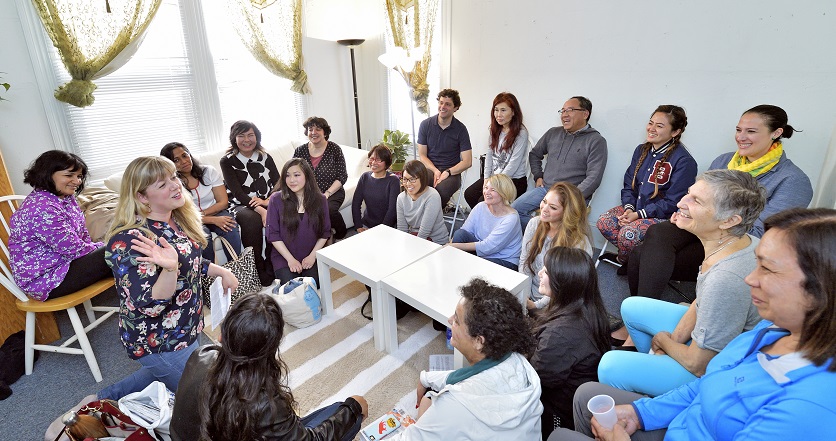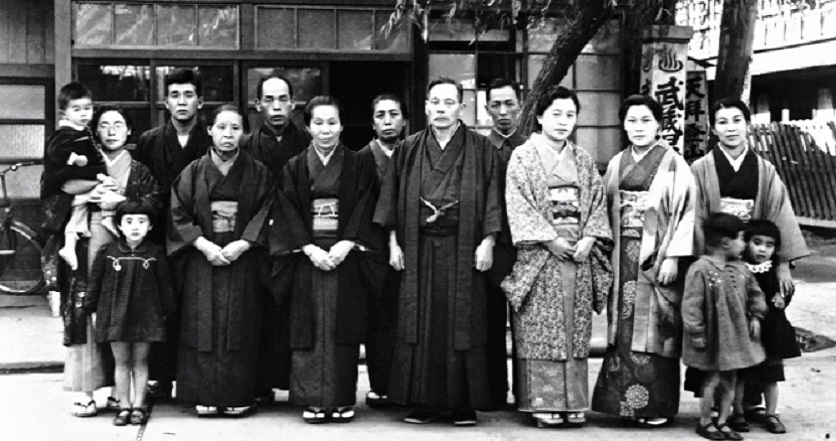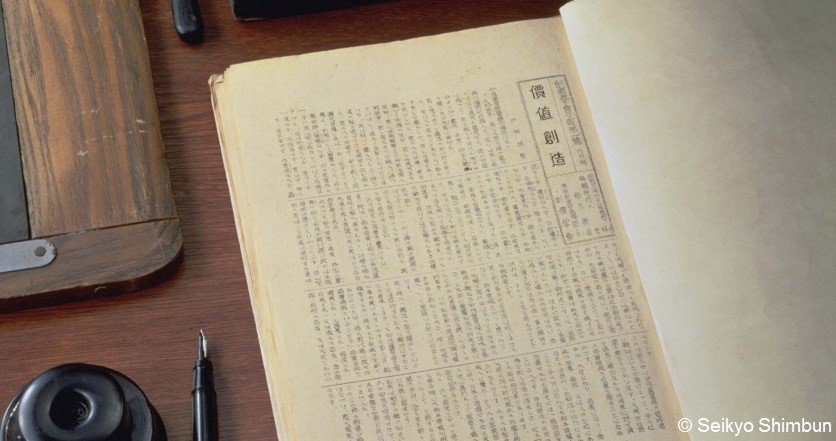- Small
- Medium
- Large
- Home
- About the Soka Gakkai
- Buddhist Lineage
Buddhist Lineage
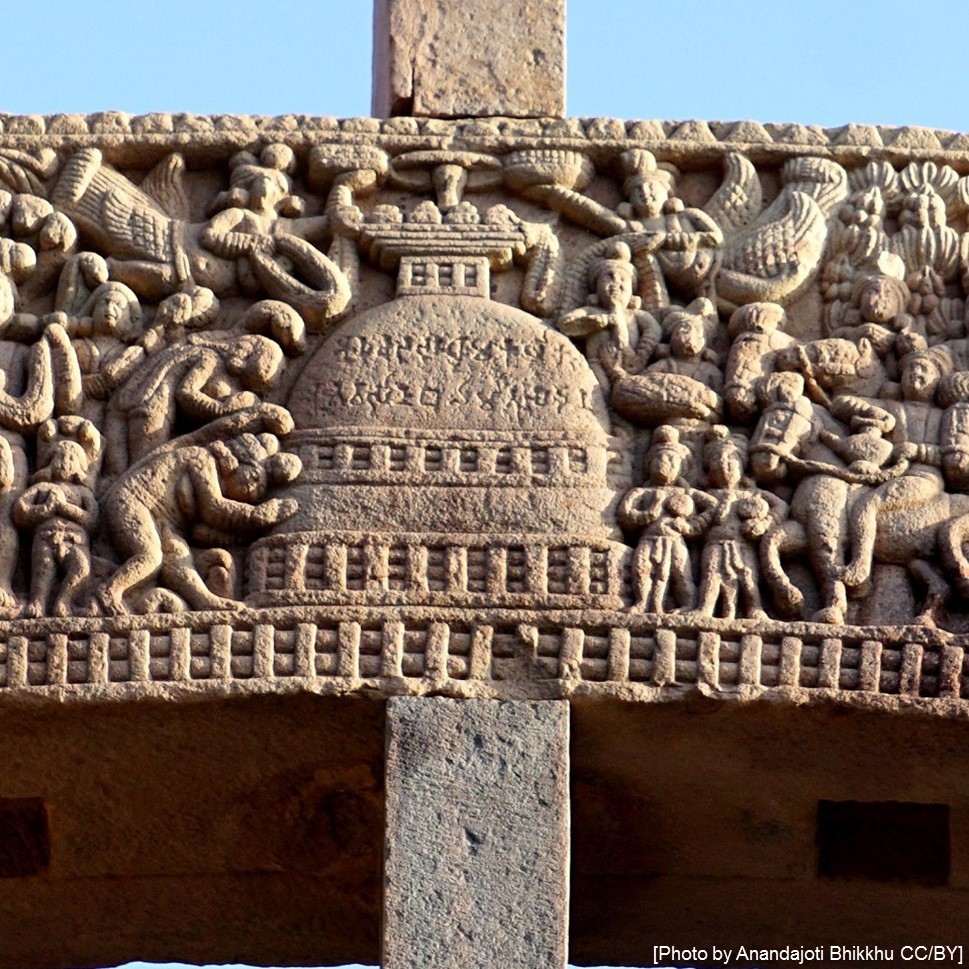
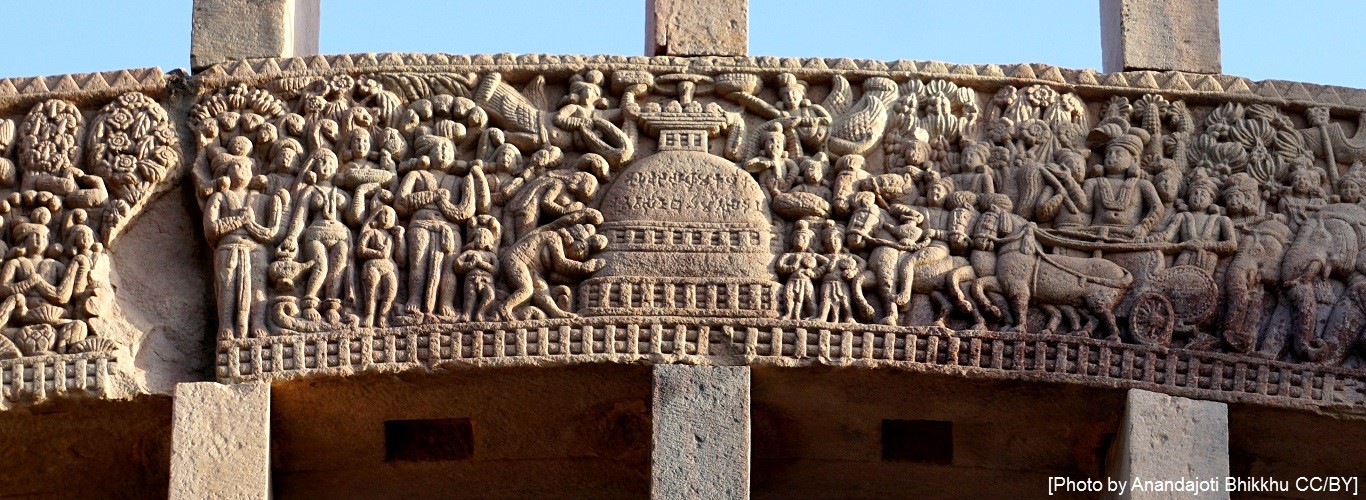
The Soka Gakkai is a community-based organization upholding the Buddhist tradition that originated with Shakyamuni (Siddhārtha Gautama) and developed as it was inherited by Nagarjuna and Vasubandhu in India, Zhiyi (the Great Teacher Tiantai) and Miaole in China, and Dengyo and Nichiren in Japan.
The specific Buddhist tradition embraced by the Soka Gakkai is based on the Mahayana scriptures and the Lotus Sutra in particular. The Soka Gakkai is engaged in faith practices and activities in society that correspond with the compassionate spirit of the Lotus Sutra in the contemporary world.
Shakyamuni
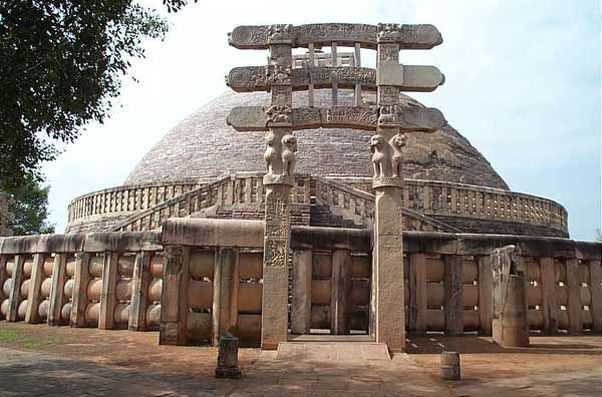
The founder of Buddhism, Shakyamuni, was born some 2,500 years ago to the royal family of an area in what is now Nepal. Shakyamuni observed the sufferings of aging, sickness and death and, although he was then young and healthy himself, perceived that they were unavoidable aspects of human life. He renounced secular life and embarked on a quest for a true philosophy that would elucidate the meaning of life for all people.
Shakyamuni studied both the traditional teachings and new teachings of his time but was not satisfied. He practiced meditation and contemplated deeply upon the root cause of suffering and a way to overcome it. Through this, he awakened to the eternal and universal law permeating the universe and the lives of each and every individual. This Law (Dharma) to which Shakyamuni awakened is the essence of Buddhism.
Shakyamuni realized that people were suffering due to ignorance of the dignity of their own lives and to self-centeredness arising from attachment to elusive desires and destructive egotism. He taught that by awakening to the universal Law one could release oneself from the lesser self and manifest one’s pure state of life. He explained that this life state is the most dignified and essential quality needed in order to live fully human lives.
In other words, his aim was the revival of human vitality and the awakening of unsurpassed dignity in individuals’ lives so that they could unlock their boundless potential through activating their inner wisdom.
Shakyamuni also stressed that an awareness of the dignity of one’s own life should lead to respect for the dignity and value of the lives of others.
Following Shakyamuni’s death, his teachings, at the core of which were always compassion and wisdom, were compiled into various sutras, which became the basis for the establishment of a system of doctrines and schools of Buddhism.
Lotus Sutra
The Mahayana Buddhist movement about 500 years after Shakyamuni’s time constituted a kind of Buddhist Renaissance. It was a time during which many new sutras were compiled over the course of several hundred years, the Lotus Sutra being one of them.
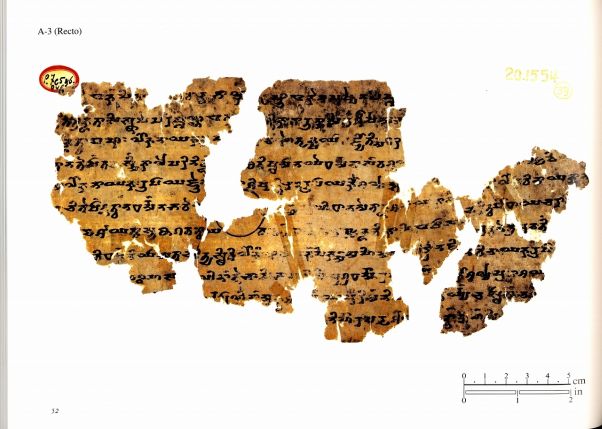
The Lotus Sutra describes Shakyamuni’s vow made in the distant past to elevate the life state of all living beings to that which he had attained, and states that this vow was fulfilled in teaching the Lotus Sutra. The Lotus Sutra repeatedly calls for acts of compassion in order to inherit and actualize Shakyamuni’s eternal hope.
The Lotus Sutra takes the form of a dialectic between Shakyamuni and his disciples. In the first half of the sutra, we learn that all people possess compassion and wisdom equal to that of a Buddha. The sutra also shows the way for all people to attain the same life condition as Shakyamuni. In the second half of the sutra, it is revealed that Shakyamuni in fact attained enlightenment in the remote past and that the multitude of Buddhas are his emanations. In this respect, the Lotus Sutra can be understood as the foundation of the teachings expounded by all Buddhas.
Further, the Lotus Sutra teaches that, after Shakyamuni has passed into extinction, a troubled age when people have fallen into suffering, disbelief and confusion, its teachings should be shared among the people as they will provide hope, courage and security. The Lotus Sutra expresses the essential wish to attain a state of indestructible happiness for oneself and all others and reveals Shakyamuni’s core teaching of the way to lead people to overcome the root cause of suffering.
Learning from this sutra, Nagarjuna, Vasubandhu, Zhiyi, Miaole and Dengyo devoted themselves to enabling people to reveal their unlimited potential within their respective cultural contexts.
The Lotus Sutra has been transmitted and embraced down the centuries across numerous cultures. In India, Nagarjuna and Vasubandhu widely propagated the ideas and teachings of Mahayana Buddhism and the Lotus Sutra. In East Asia, in the sixth and eighth centuries respectively, Zhiyi and Miaole in China wrote about the superiority of the Lotus Sutra over various other sutras. In the ninth century, Dengyo introduced their teachings to Japan and worked to promote widely the concept of the enlightenment of all people, as expounded in the Lotus Sutra.
In this way, the teachings of the Lotus Sutra and Shakyamuni’s true intent became clarified and universalized, gaining a multilayered richness.
Nichiren
Nichiren, who lived during a time of great conflict and upheaval in 13th-century Japan, empathized greatly with the plight of the people and searched for a way to overcome suffering.
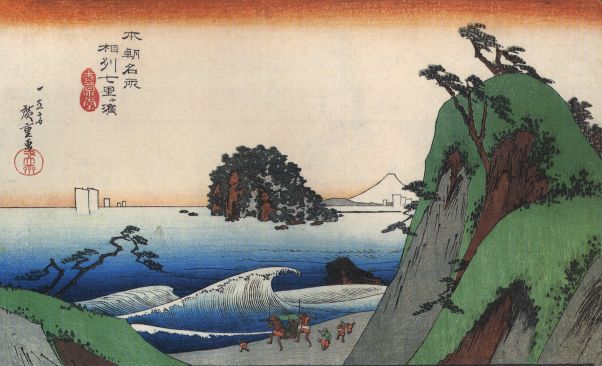
His intention was to become a true disciple of Shakyamuni, who taught Buddhism as a way to realize the genuine happiness and dignity of all people. Through his studies of the Buddhist sutras and his predecessors’ commentaries, Nichiren concluded that it is the Lotus Sutra that enables the infinite potential of all people to flourish and permeate throughout society.
In his key treatise titled “On Establishing the Correct Teaching for the Peace of the Land” (Jpn. Rissho Ankoku Ron), he clarified how embracing the teachings of the Lotus Sutra, with their utmost respect for human dignity, would create the foundations of a peaceful society.
Nichiren was strongly determined to actualize such a harmonious society. However, the other Buddhist teachers of the time still adhered to the provisional teachings of the Buddha in an attempt to attract followers and misunderstood Shakyamuni’s true intentions. Additionally, those in positions of secular authority also became followers of and supported these Buddhist teachers.
Although Nichiren suffered oppression and persecution from those in power who adhered to what he saw as mistaken beliefs about Buddhism, he risked his life to encourage and revitalize the people, just as the Lotus Sutra taught. Through this process, he established the practice of chanting Nam-myoho-renge-kyo, inscribing as the object of devotion a scroll or mandala known as the Gohonzon. In this way, Nichiren established a concrete practice for attaining Buddhahood based on the essential teaching of the Lotus Sutra.
Buddhist sutras describe our current age, beginning some two thousand years after Shakyamuni’s passing, as the Latter Day of the Law—a time of tumult and confusion. The Soka Gakkai regards Nichiren as the Buddha of the Latter Day of the Law whose teachings are capable of providing hope in this challenging time and leading all people to enlightenment.
Nichiren’s guiding principle throughout his life was to uphold human dignity as a spiritual backbone for humanity in order to actualize a peaceful world where people can enjoy fulfilling lives.
Soka Gakkai
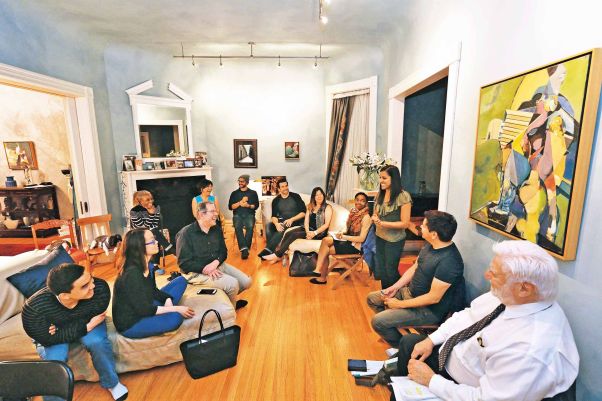
The promotion of human dignity and ultimate equality continues an effort—ongoing since Shakyamuni’s times—to overcome the deep-seated and destructive nature of egotism that erodes human life and society. Today, the members of the Soka Gakkai, based on the teachings of Nichiren, have inherited this mission. Their task is, in short, the realization of a new humanism—the pursuit of happiness for both self and others, where trust, value creation and harmony are key.
Through their daily Buddhist practice, people are able to challenge various obstacles, reflect deeply on themselves and draw forth both hope and a spirit of challenge and courage. They are also able to embrace values firmly grounded in humanity and construct a rich personality. Soka Gakkai members call this process of inner-motivated change, “human revolution.”
The practice of Nichiren Buddhism concerns itself with realizing one’s inherent potential and fulfilling one’s responsibility to the fullest, whether in the home, community or workplace. It is also about contributing to solving the various problems facing the world.
Soka Gakkai members around the world are committed to promoting peace, respecting human rights, and raising awareness on environmental issues, motivated by Nichiren’s vision of “rissho ankoku”—the achievement of a peaceful society rooted in respect for the dignity of life. They believe that “kosen-rufu,” the spread of the life-affirming philosophy of Buddhism, creates the basis for such a society.
The Soka Gakkai is an organization dedicated to revitalizing the legacy of Buddhist humanism, at the core of which are belief in the Buddha nature and compassionate action to reveal that nature. This is a legacy inherited from Shakyamuni and passed down by Nichiren.
Regarding it as the essence of Buddhism, the Soka Gakkai aims to transmit this tradition and spirit in contemporary society and onward into the future.
More Articles
-
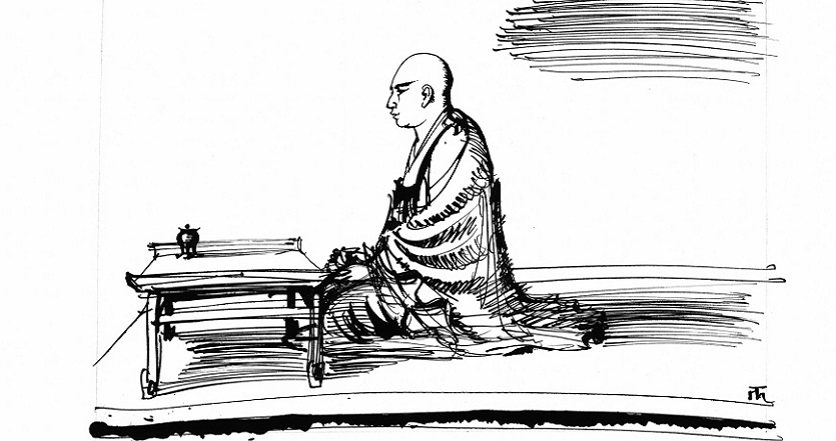
Nichiren (1222–82), the priest who established the form of Buddhism embraced by members of the Soka Gakkai, is a unique figure in Japanese social and religious history. A critic of the established Buddhist schools of his time and the secular authorities, he was a person of great warmth and humanity, as is evident in the content of the numerous letters he sent to his followers.
Read more -
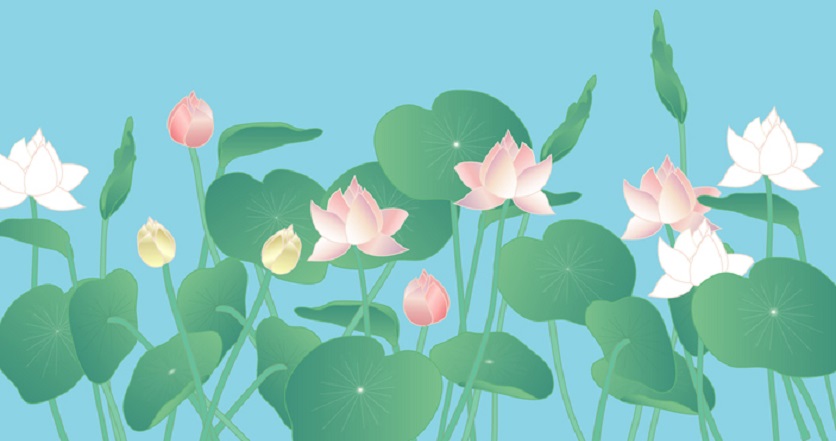
The Lotus Sutra is widely regarded as one of the most important and influential sutras, or sacred scriptures, of Buddhism. In it, Shakyamuni expounds the ultimate truth of life to which he was enlightened.
Read more -
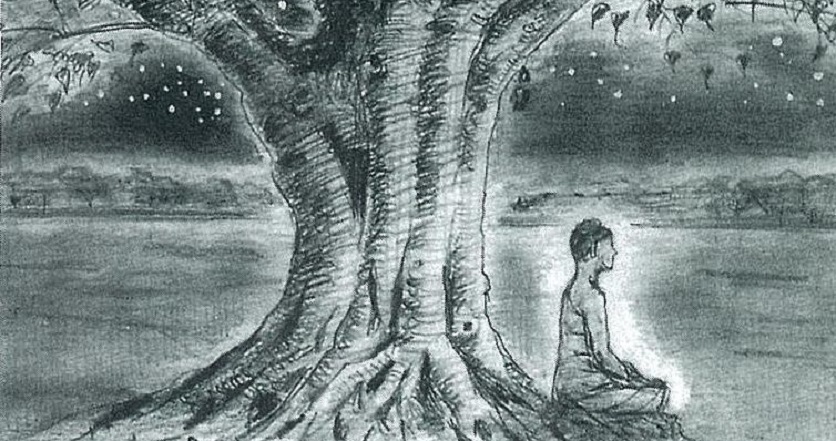
Buddhism originates in the teachings of Shakyamuni (Gautama Siddartha), who was born in what is now Nepal some 2,500 years ago. Shakyamuni was born a prince, but from a young age he became aware of and was profoundly troubled by the problem of human suffering.
Read more





